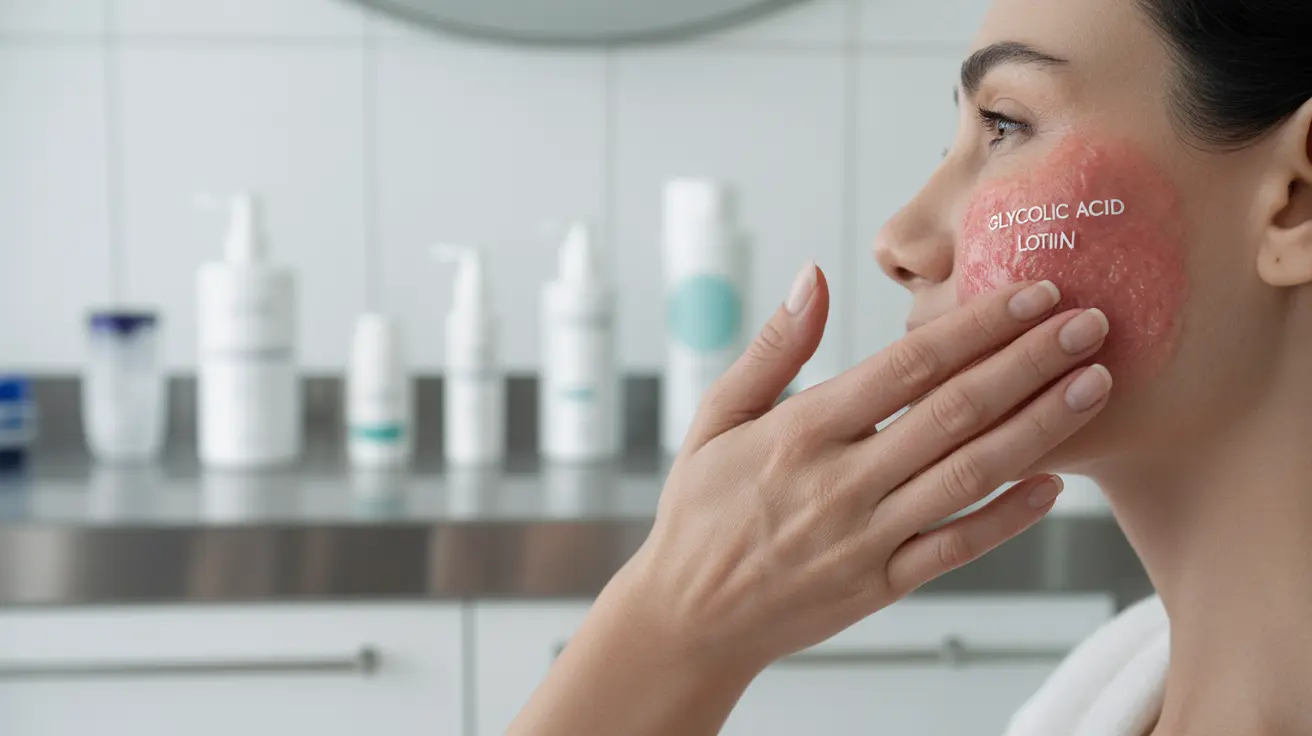Living with hidradenitis suppurativa (HS) can be challenging, and many people seek additional treatments to manage their symptoms. Glycolic acid, an alpha-hydroxy acid (AHA) commonly used in skincare, has gained attention as a potential option for HS management. This article explores the use of glycolic acid for HS, including its benefits, proper application, and important safety considerations.
Understanding Glycolic Acid and Its Potential Benefits for HS
Glycolic acid is the smallest molecule among alpha-hydroxy acids, allowing it to penetrate the skin effectively. This characteristic makes it potentially beneficial for HS management through several mechanisms:
- Gentle exfoliation of dead skin cells
- Reduction of inflammation
- Prevention of follicular occlusion
- Antimicrobial properties
- pH balance maintenance
How Glycolic Acid May Help with HS Symptoms
When properly used, glycolic acid can address several aspects of HS management:
Inflammation Control
The anti-inflammatory properties of glycolic acid may help reduce the redness and swelling associated with HS lesions. It works by modulating inflammatory mediators in the skin, potentially providing relief from acute flares.
Prevention of Blocked Follicles
Regular use of glycolic acid helps prevent the buildup of dead skin cells that can lead to follicular occlusion - a key factor in HS development. This gentle exfoliation may help reduce the frequency of new lesion formation.
Safe Application Methods for HS
Using glycolic acid for HS requires careful consideration and proper technique:
Concentration Guidelines
Start with lower concentrations (5-7%) and gradually increase if well-tolerated. Never exceed 15% for at-home use without dermatologist supervision.
Application Steps
- Cleanse the affected area gently
- Pat skin dry completely
- Apply a thin layer of glycolic acid product
- Wait 5-10 minutes before applying other products
- Always use sunscreen during daytime use
Important Safety Considerations
While glycolic acid can be beneficial, certain precautions are essential:
Risk Factors and Contraindications
Avoid using glycolic acid on:
- Open wounds or active lesions
- Severely inflamed areas
- Recently drained or surgically treated sites
- Skin that's currently sunburned
Integrating Glycolic Acid into Your HS Treatment Plan
Glycolic acid works best as part of a comprehensive HS management strategy. Consider it an adjunct treatment alongside prescribed medications and other therapeutic approaches recommended by your healthcare provider.
Frequently Asked Questions
Can glycolic acid help improve symptoms of hidradenitis suppurativa (HS)? Yes, glycolic acid may help improve HS symptoms by reducing inflammation, preventing follicular blockage, and maintaining skin pH balance. However, results vary among individuals, and it should be used as part of a comprehensive treatment plan.
How should glycolic acid be used safely for someone with hidradenitis suppurativa? Start with a low concentration (5-7%) and apply to clean, dry skin, avoiding open wounds or active lesions. Use once or twice weekly initially, gradually increasing frequency based on tolerance. Always perform a patch test first.
What are the potential side effects of glycolic acid on sensitive or inflamed skin like in HS? Potential side effects include irritation, redness, stinging, and increased sensitivity to sunlight. These risks are higher on sensitive or inflamed skin, making it crucial to start slowly and monitor skin response.
Is glycolic acid effective as a standalone treatment for hidradenitis suppurativa, or should it be combined with other therapies? Glycolic acid works best when combined with other HS treatments rather than as a standalone solution. It should complement, not replace, prescribed medications and other therapeutic approaches recommended by healthcare providers.
What precautions should be taken when using glycolic acid products for chronic skin conditions like HS? Key precautions include avoiding application on open wounds or active lesions, using sun protection, starting with lower concentrations, performing patch tests, and maintaining regular communication with your healthcare provider about its use.




